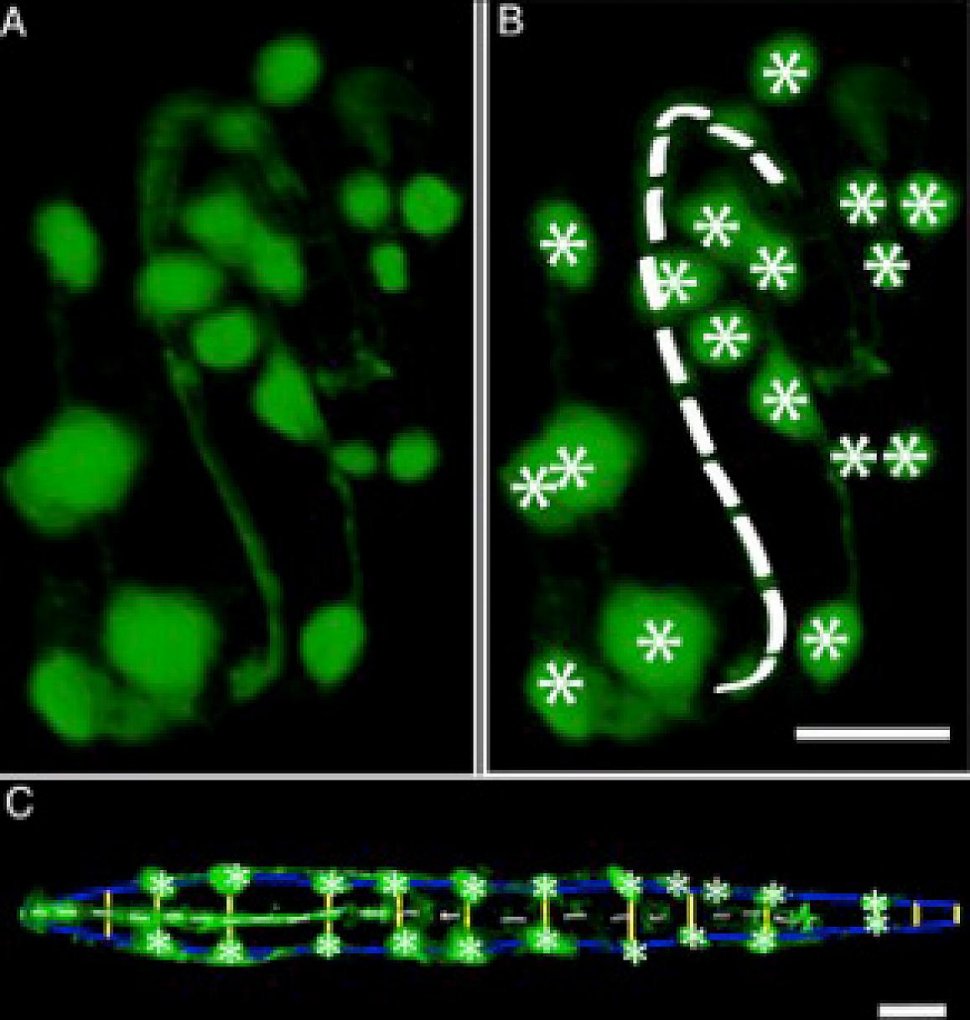Researchers investigate how a developing brain is assembled
NIH 3-D software tracks worm embryo’s brain development.
A new, open-source software that can help track the embryonic development and movement of neuronal cells throughout the body of the worm, is now available to scientists. The software is described in a paper published in the open access journal, eLife on December 3rd by researchers at the National Institute of Biomedical Imaging and Bioengineering (NIBIB) and the Center for Information Technology (CIT); along with Memorial Sloan-Kettering Institute, New York City; Yale University, New Haven, Connecticut; Zhejiang University, China; and the University of Connecticut Health Center, Farmington. NIBIB is part of the National Institutes of Health.
As far as biologists have come in understanding the brain, much remains to be revealed. One significant challenge is determining the formation of complex neuronal structures made up of billions of cells in the human brain. As with many biological challenges, researchers are first examining this question in simpler organisms, such as worms.

Image A shows the twisted up worm embryo inside the egg with the fluorescently labeled cells. The second image shows how the computer program identifies each of the marked cells, and image C shows the untwisted worm.
This page was last updated on Friday, January 21, 2022